Seasonal Content Planning
Planning Content Around Holidays, Events, and Seasons to Increase Relevance and Engagement
Creating content that aligns with seasons, holidays, and major events is a powerful strategy for boosting engagement and relevance. Audiences naturally gravitate toward timely and seasonal topics, making it easier for your content to resonate and gain traction. Whether you’re a YouTuber, blogger, or social media marketer, effective seasonal content planning can help you stay ahead of trends, connect with your audience, and maximize visibility.
In this guide, we’ll explore how to strategically plan content around seasons, holidays, and major events to keep your audience engaged year-round.
1. Why Seasonal Content Planning Matters
Seasonal content planning isn’t just about celebrating major holidays—it’s a strategic approach to content creation that aligns with audience interests and behaviors. Here’s why it matters:
- Boosts Engagement – People are naturally drawn to seasonal themes, making them more likely to interact with your content.
- Increases Visibility – Trending topics get higher search volume, helping your content rank better on search engines and social media.
- Enhances Connection – Relatable and timely content builds stronger emotional connections with your audience.
- Improves Sales and Conversions – Seasonal promotions, gift guides, and timely offers encourage action, driving more sales or engagement.
By planning ahead, you can stay proactive rather than reactive, ensuring your content remains fresh and relevant.
2. Identifying Key Seasons, Holidays, and Events
Before you start planning, it’s essential to identify the major dates and events relevant to your audience. These can be categorized into:
A. Traditional Holidays & Observances
- New Year’s Day
- Valentine’s Day
- Easter
- Halloween
- Thanksgiving
- Christmas/Hanukkah/Kwanzaa
B. Seasonal Changes
- Spring (March-May): Renewal, spring cleaning, fresh starts
- Summer (June-August): Vacations, outdoor activities, travel
- Fall (September-November): Back to school, cozy vibes, fall fashion
- Winter (December-February): Holiday shopping, resolutions, winter sports
C. Industry-Specific Events
- Black Friday & Cyber Monday (E-commerce)
- Back-to-School Season (Education, Parenting, Retail)
- Fashion Weeks (Fashion & Beauty)
- Tax Season (Finance & Business)
- National Pet Day (Pet Industry)
D. Social Media & Fun Holidays
- National Pizza Day (February 9)
- World Mental Health Day (October 10)
- International Women’s Day (March 8)
- Star Wars Day (May 4 – “May the Fourth be with you”)
Identifying these dates will help you plan content that aligns with trending conversations.
3. How to Create a Seasonal Content Calendar
A content calendar helps organize your seasonal campaigns and ensures you don’t miss key dates. Here’s how to create one:
Step 1: Outline Key Dates
Use a spreadsheet or content planning tool (e.g., Asana, Trello, Google Calendar) to map out major holidays and industry events.
Step 2: Plan Content Themes in Advance
- 1-3 months ahead: Plan broad content themes and marketing strategies.
- 1 month ahead: Outline content formats (videos, blog posts, social media posts).
- 2 weeks ahead: Create and schedule content for timely execution.
Step 3: Vary Your Content Types
Mix up your formats to keep content fresh and engaging:
- Blog posts
- YouTube videos
- Social media posts
- Live streams
- Email newsletters
- Infographics
Step 4: Use SEO & Trending Hashtags
Research trending keywords and hashtags for each season to optimize your content for search engines and social media.
4. Seasonal Content Ideas & Examples
Spring Content Ideas
- “Spring Cleaning Tips for Your Home & Life” (Blog Post)
- “5 Fresh Fashion Trends for Spring 2025” (YouTube Video)
- “Spring Into Action! 🌸 What’s Your Favorite Warm-Weather Activity?” (Instagram Poll)
Summer Content Ideas
- “10 Must-Have Travel Essentials for Summer” (YouTube Video)
- “How to Stay Productive During Summer Break” (Blog Post)
- “Tag a Friend You’d Take on a Summer Adventure! ☀️” (Social Media Challenge)
Fall Content Ideas
- “Back-to-School Survival Guide for Parents & Students” (YouTube Video)
- “The Ultimate Cozy Fall Playlist 🍂” (Spotify or Instagram Reel)
- “Pumpkin Spice or Apple Cider? Vote Below! 🎃🍎” (Instagram Poll)
Winter Content Ideas
- “Top 10 Holiday Gift Ideas for Every Budget” (YouTube Video)
- “How to Set & Achieve New Year’s Resolutions” (Blog Post)
- “Drop Your Favorite Holiday Movie in the Comments! 🎄🍿” (Social Media Post)
These ideas ensure you stay relevant throughout the year.
5. Repurposing & Refreshing Seasonal Content
Recycling and repurposing past seasonal content is a time-saving and effective strategy. Here’s how:
- Update past articles and videos with new stats, insights, and trends.
- Turn blog posts into social media snippets (quotes, tips, infographics).
- Convert long-form content into short clips for Instagram Reels, TikTok, and YouTube Shorts.
- Reshare last year’s best-performing seasonal content with a fresh caption and design.
Refreshing content keeps your workflow efficient while maintaining audience interest.
6. Tools & Resources for Seasonal Content Planning
Leverage these tools to streamline your seasonal content planning:
Content Planning Tools:
- Google Calendar & Notion – Track seasonal dates and deadlines.
- Asana & Trello – Organize tasks and collaborate with teams.
SEO & Trend Research:
- Google Trends – Identify trending seasonal searches.
- Pinterest Trends – Find inspiration for seasonal topics.
- AnswerThePublic – Discover common questions related to holidays & seasons.
Social Media Scheduling & Analytics:
- Buffer & Later – Schedule seasonal posts in advance.
- CoSchedule Headline Analyzer – Optimize headlines for engagement.
- HubSpot & Google Analytics – Track seasonal content performance.
Using these tools ensures an efficient and data-driven content strategy.
7. Final Thoughts: Stay Agile & Experiment
While seasonal planning is essential, staying flexible is equally important. Monitor engagement metrics, adapt to trends, and experiment with different formats to see what resonates best with your audience.
By strategically planning around holidays, events, and seasons, you’ll maximize relevance, boost engagement, and keep your audience coming back for more. Start mapping out your seasonal content today and watch your content strategy thrive! 🚀
Need help creating seasonal content? Let’s brainstorm ideas together! Drop a comment or email me to get started. 📩

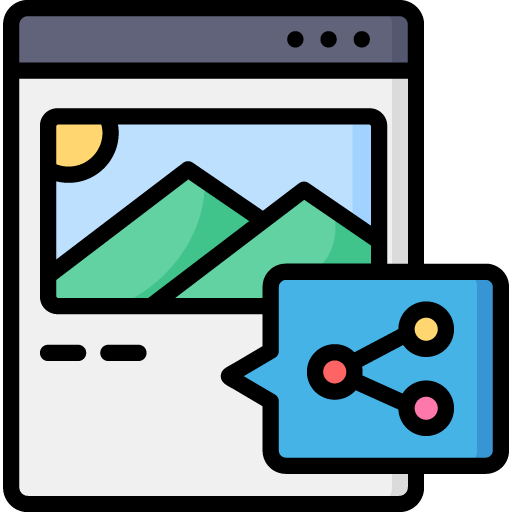

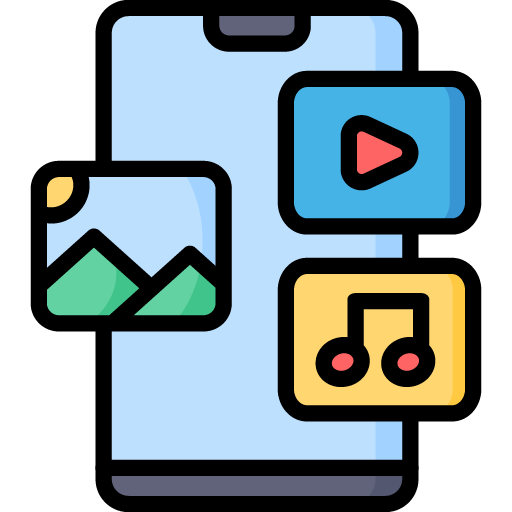
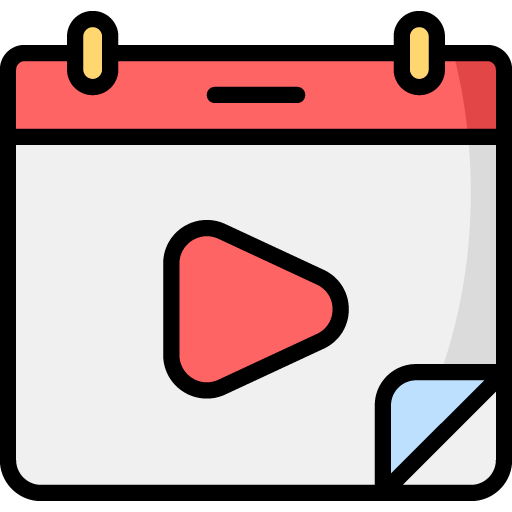
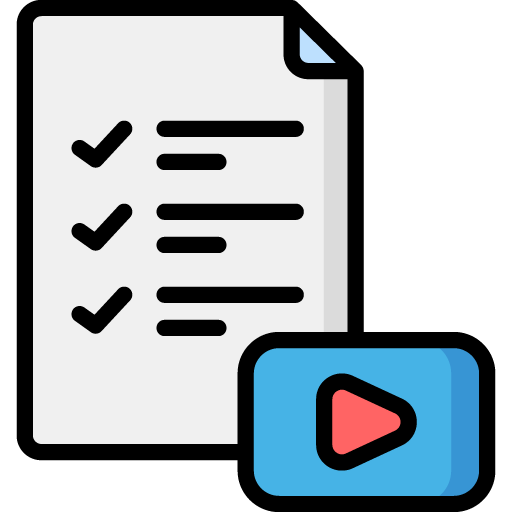
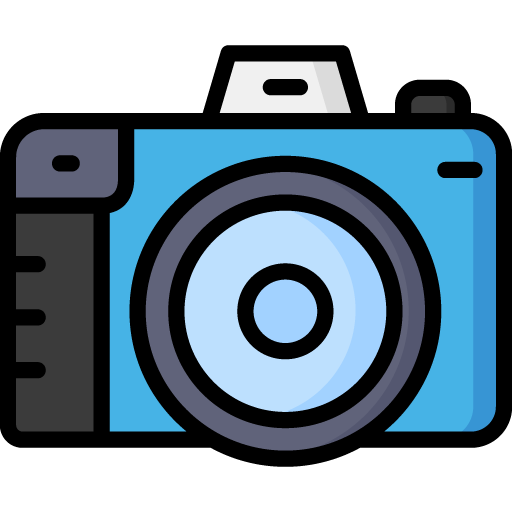
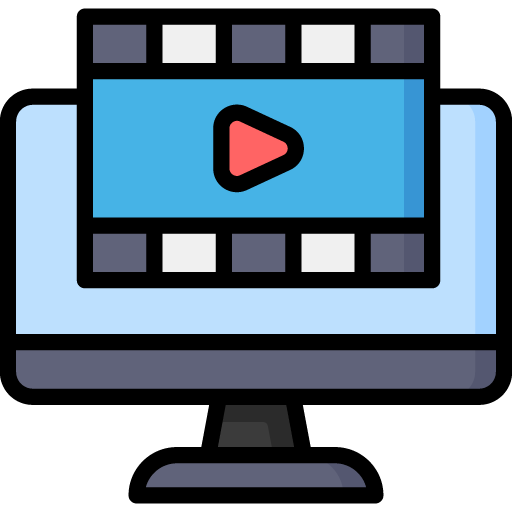 Edit Your Footage
Edit Your Footage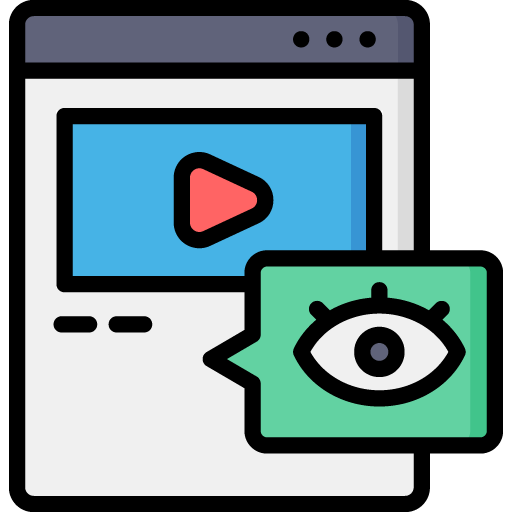
Leave a Reply